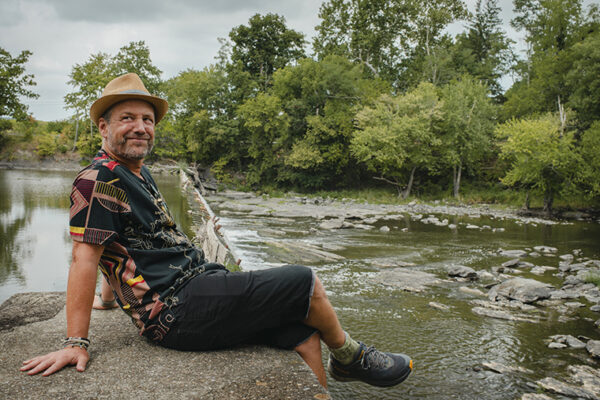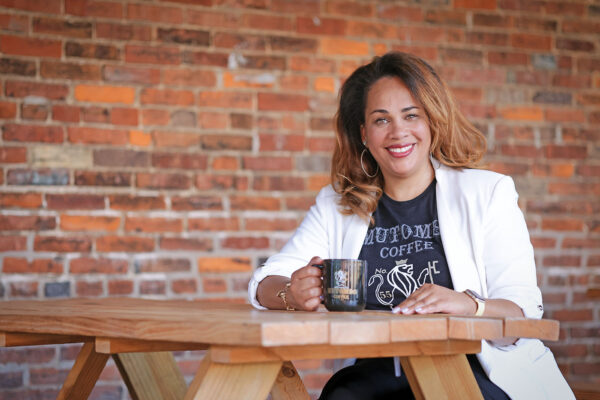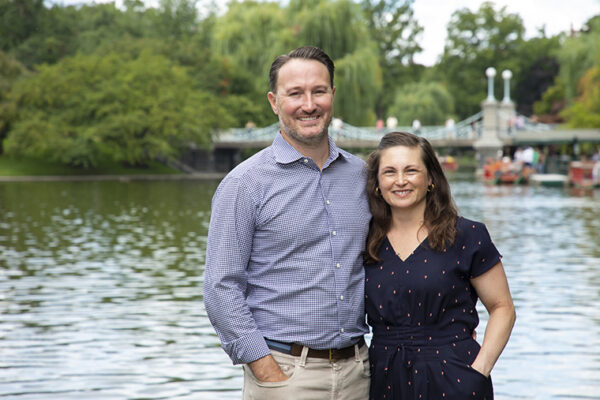At first glance, earning an architecture degree might not seem like an obvious path to becoming a shoe designer. But Kristina Grimm turned the problem-solving skills she learned as an architecture student at Washington University into a long and successful career at Reebok.
Grimm, AB ’06 (architecture, environmental studies), says she stumbled on the idea of pursuing shoe design after graduation.
“It was kind of a happy accident,” Grimm says. “I knew I wanted to design smaller-scale products and to see my designs come to life faster. So I started researching some different options and came across a job opening in St. Louis for footwear design. It happened to be a good fit for my strengths and interests.”
Grimm says her architecture degree gave her a solid design foundation that could be applied to many professions. “My degree taught me how to think critically and come up with creative solutions to functional problems,” she says.
In St. Louis, Grimm started her career at Brown Shoe Company (now Caleres). Then after a few years, she moved to Boston to work for Reebok, where she is now a senior footwear designer.
She designs performance training shoes, which are geared for a variety of strength and conditioning workouts. She says these types of shoes are quite complicated and require careful planning and design. Before starting to work on a shoe, she lists out all its requirements, such as the retail price, activities it will perform and the target consumer.
“Let’s say there is a project brief for a women’s gym shoe focused on plyometric training,” Grimm says. “I review the technical needs for the product along with consumer insight studies, and then I use my research to come up with solutions to pitch.”
Once her team decides on the best direction, it’s then her job to figure out how to build the product. “I enjoy the development process and finding ways to bring my designs to life from 2D to 3D.”
She says some might not realize how technical and creative her job is. “I work with blueprints, especially for the bottom tooling of the shoe,” she says. “A lot goes into picking the right compounds and tech components. Does it need a lateral support element? Does it need a special rubber or foam compound? Then the fun part is styling the shoe after I finish the design, picking finishes from our color and materials library. It’s like putting the icing on the cake.”
“It’s always rewarding seeing your shoes on feet. I like to get firsthand feedback from consumers wearing my designs.”
Kristina Grimm
When the design is approved, the factory makes prototypes that are refined after back and forth with designers. It can be a two-year process from beginning design to when the shoes hit the streets.
“It’s always rewarding seeing your shoes on feet,” Grimm says. “I like to get firsthand feedback from consumers wearing my designs.”
Although women are underrepresented in performance shoe design, she doesn’t like to think of her team in terms of gender. “We all have a common purpose. And although we come from diverse backgrounds, with our own perspectives and skill sets, we try to help each other succeed.”
Grimm says her job dovetails with her other interests.
“I love fitness,” she says. “My favorite workouts are running and HIIT (high-intensity interval training) mixed with strength training as well. I test my own designs when I can. Plus, I have a dog who needs to be walked four times a day, so I’m outside quite a bit.” She also enjoys exploring Boston’s museums and art galleries. “It’s a really vibrant city with a lot going on.”
After 15 years in shoe design, Grimm continues to learn and evolve as a designer. “I feel lucky to have found something that I’m really passionate about, and I love going to work every day.”



